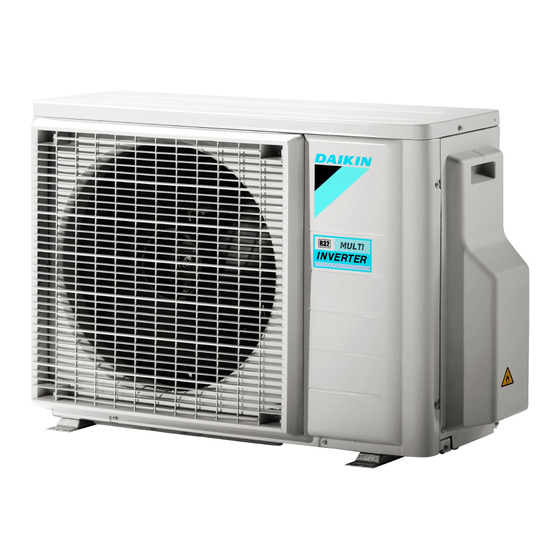
Daikin 2MXM40M4V1B Installer's Reference Manual
R32 split series
Hide thumbs
Also See for 2MXM40M4V1B:
- Installer's reference manual (28 pages) ,
- Installation manual (29 pages)

















Need help?
Do you have a question about the 2MXM40M4V1B and is the answer not in the manual?
Questions and answers